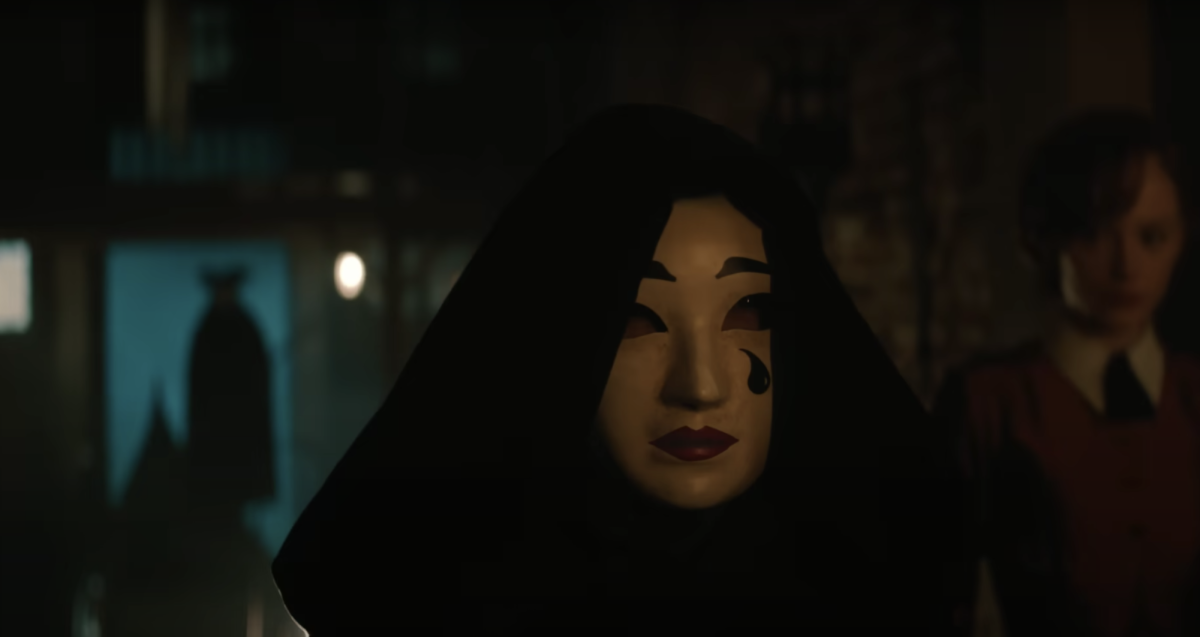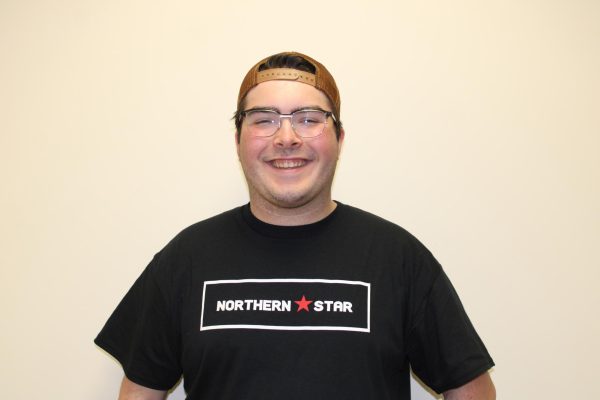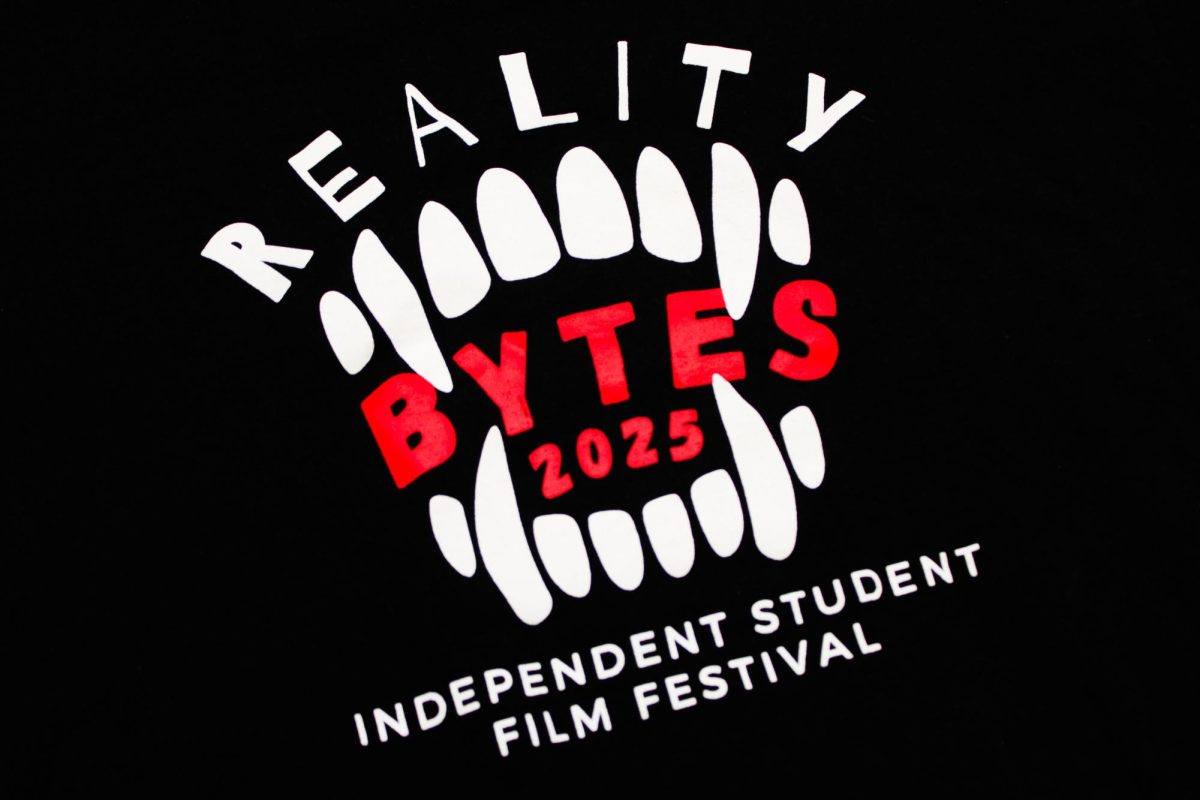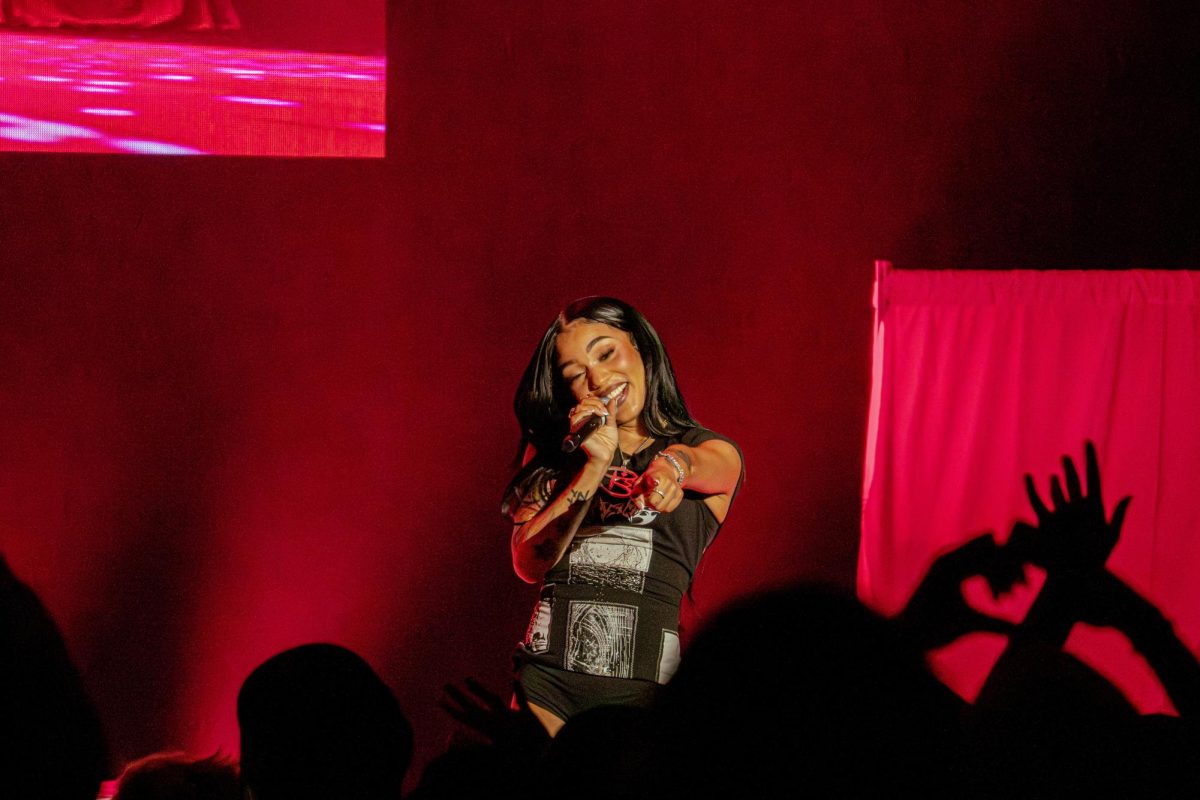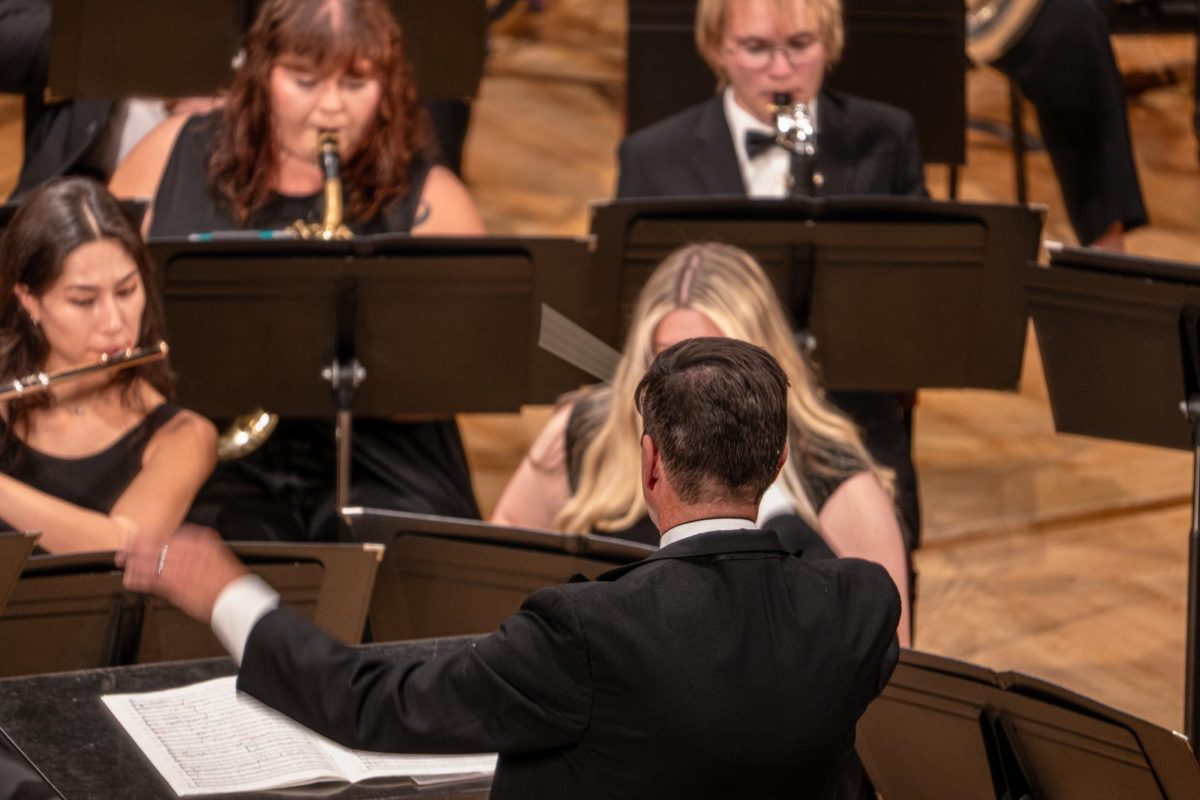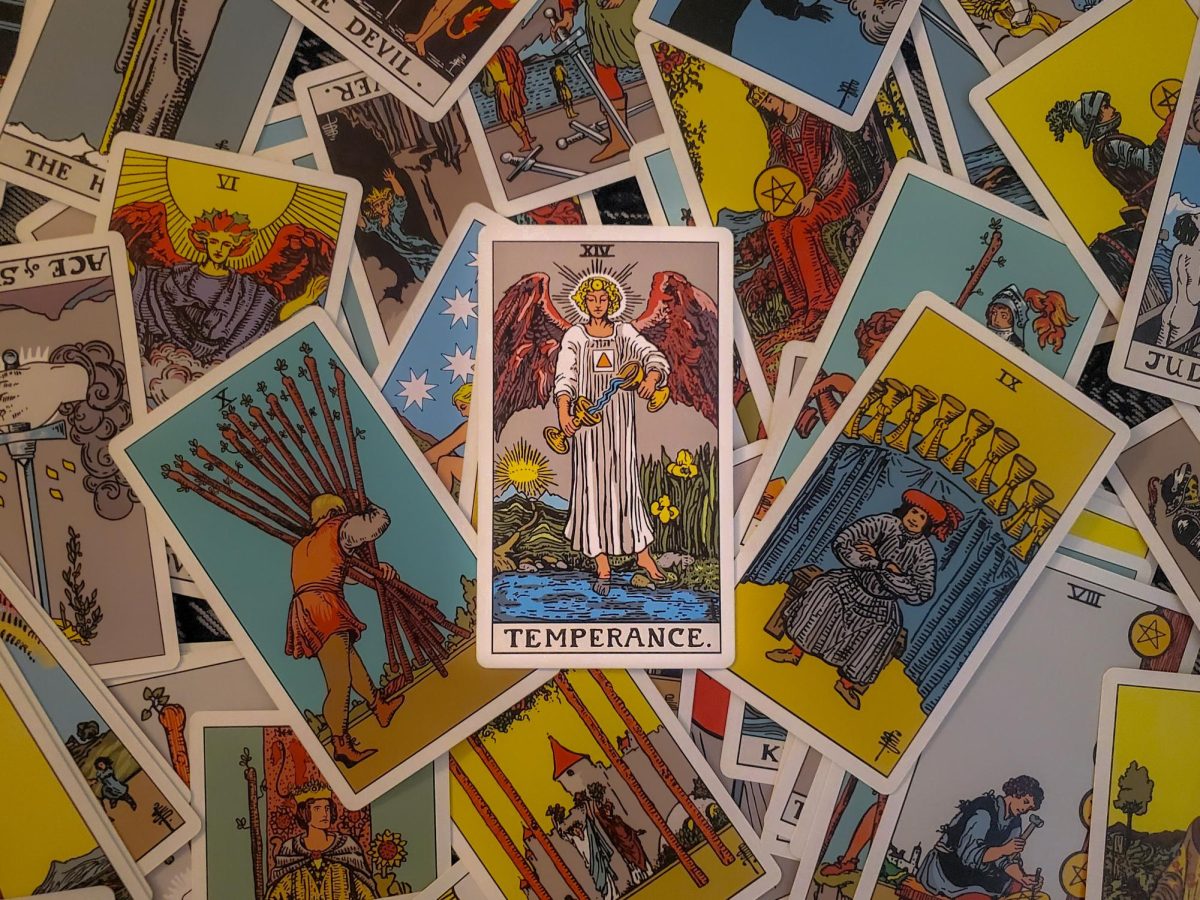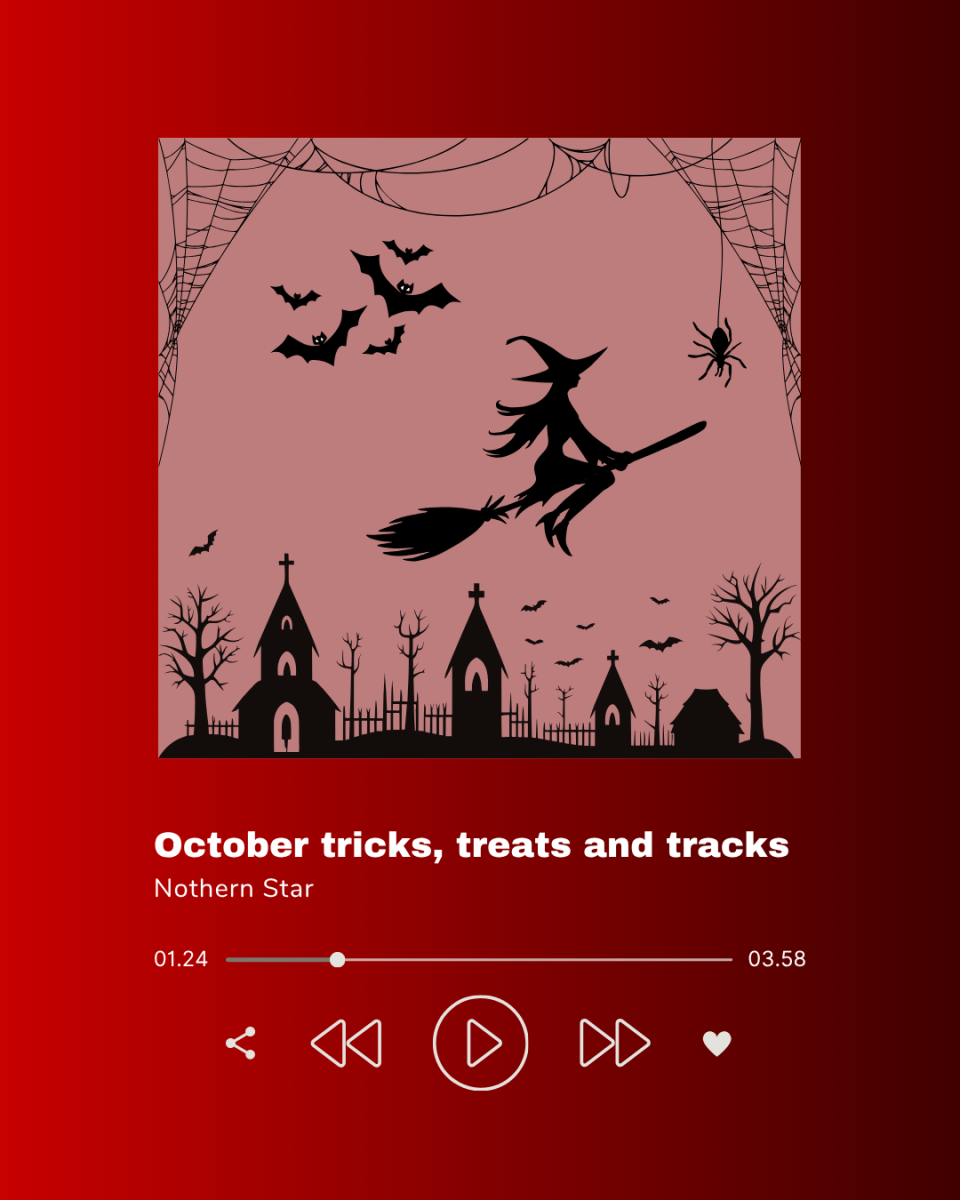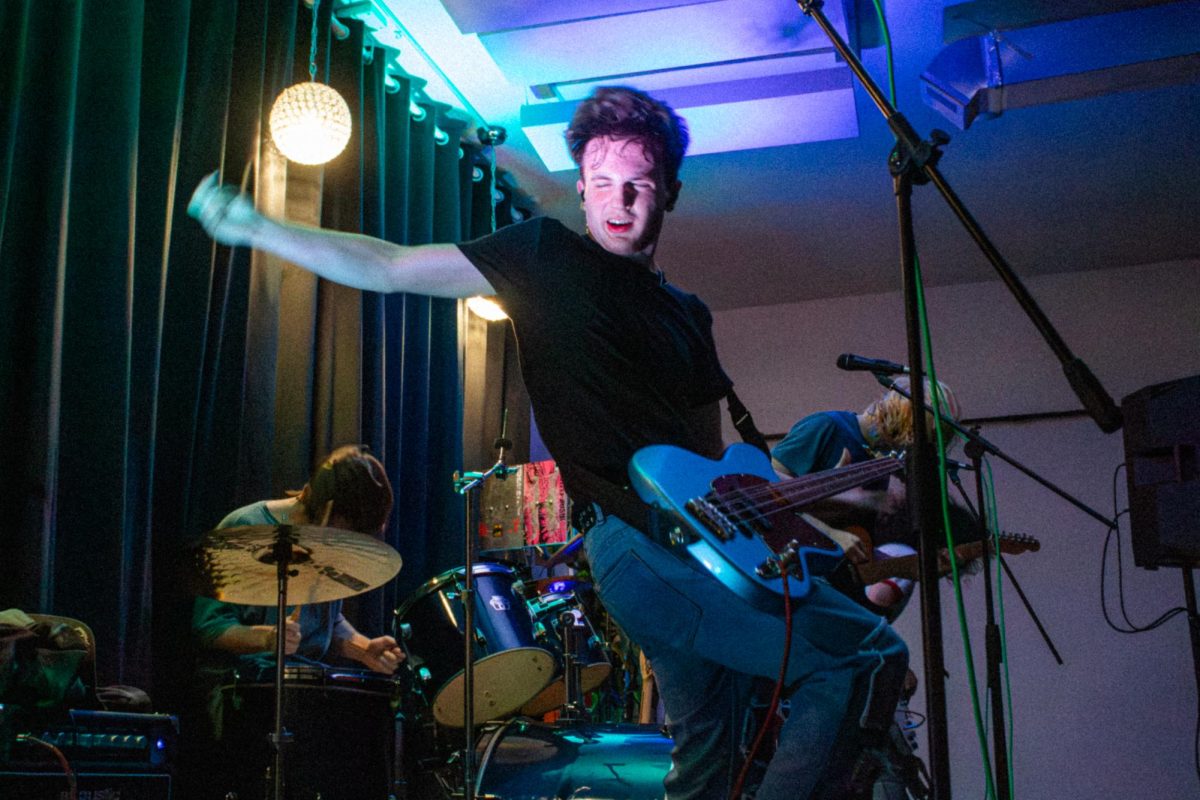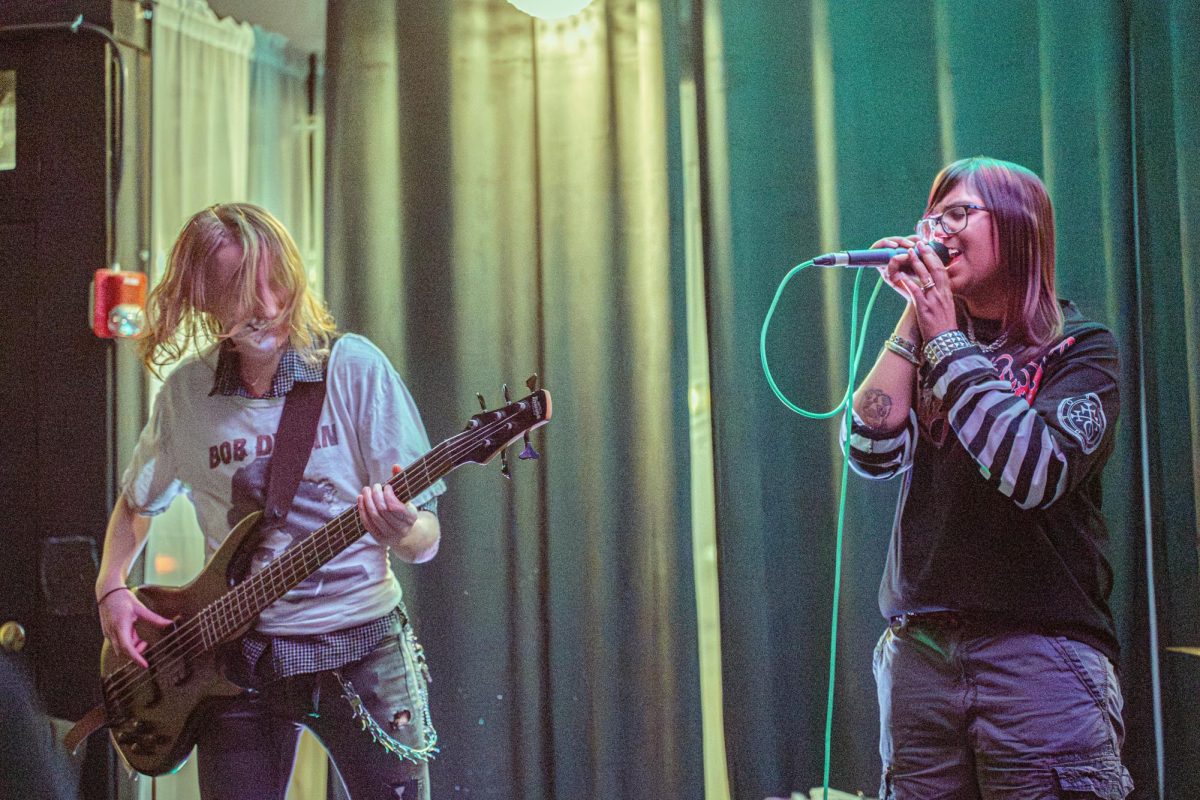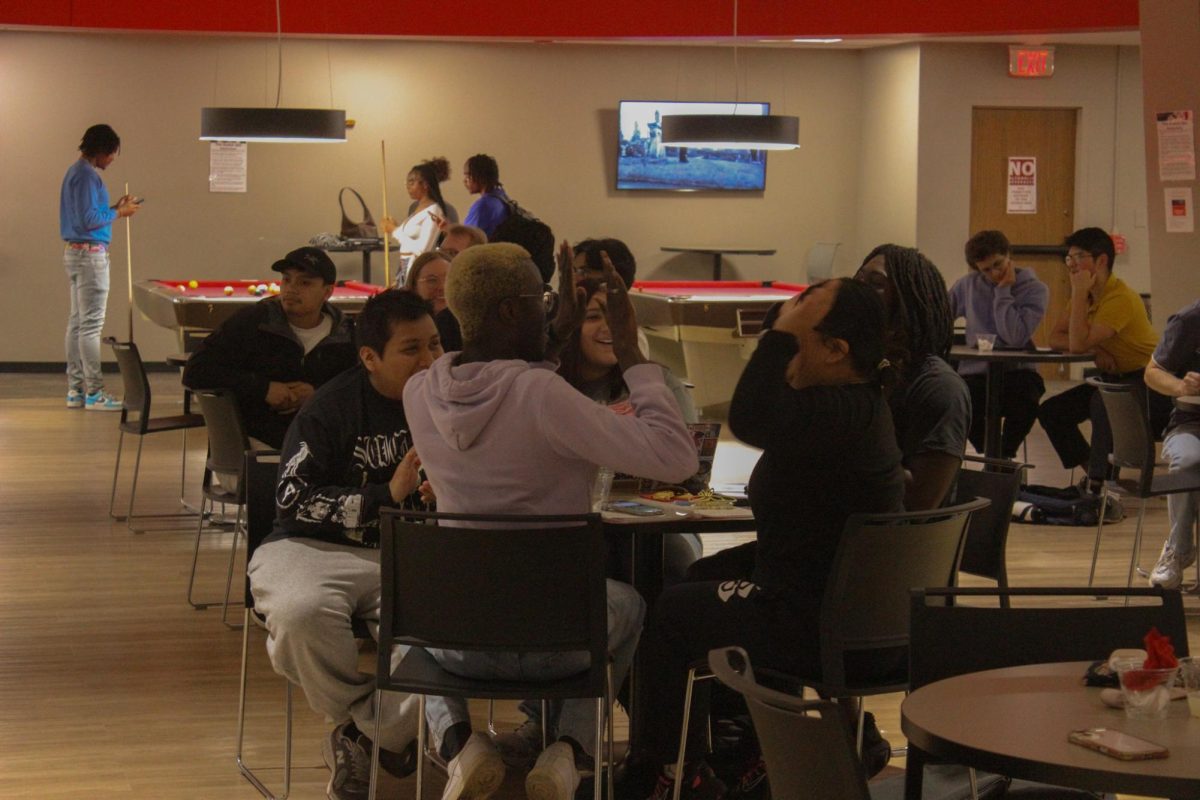Kenneth Branagh’s third portrayal of iconic detective Hercule Poirot creates a perfect mood for “A Haunting in Venice.” Branagh, who also directed and produced the film, perfected the Frenchman in his reprisal of the role.
After Poirot retired from his duties as a private eye, he gets a visit from an old friend: famed author Ariadne Oliver (Tina Fey). Oliver tells Poirot she is trying to disprove a medium who will be performing at an allegedly haunted house. This medium, Mrs. Reynolds (Michelle Yeoh), holds a seance at the Drake residence and will supposedly channel the spirit of Rowena Drake’s (Kelly Reilly) daughter, Alicia (Rowan Robinson).
Though Poirot does his usual detective things, trying to find ways to question and disprove Reynolds, he doesn’t appear too excited to do so. However, when one of the members of the seance is found dead, Poirot returns to form, working diligently to solve the murder. As the film goes on, Poirot continues to see proof of Alicia Drake’s ghost, and he starts to question reality and his ability to prove (or in this case disprove) any case.
This simple, trope-heavy plot isn’t terribly unique. It’s not inspiring or groundbreaking. Even so, the film is exciting and, in spite of its lackluster story, feels new.
This new feeling is seemingly because of the film’s glorious cinematography. The film’s Director of Photography Haris Zambarloukos does a fantastic job. “A Haunting in Venice” is absolutely gorgeous.
The perfect example of this beauty is when Poirot starts getting disoriented from seeing what he thinks is a ghost, the camera starts to blur and shake, focusing on half of his face. As Branagh projects a sense of distortion through his acting, the camera work does the same thing, literally distorting reality around Poirot.
With its flowing shots – including one where the camera flies up to the ceiling, flipping upside down – and intuitive flow, the film is an addictive watch for any film lover.
On top of this, the performances are great. Yeoh’s portrayal of Reynolds is frightening and entrancing, Branagh perfectly embodies the French detective and Jude Hill’s performance of Leopold Ferrier, the Drake family doctor’s son, is strong enough to kickstart the young actor’s career for years to come.
Despite these praises, the film has its weaknesses. While the first two-thirds are great – in fact, some of my favorite bits of popular film of 2023 so far – the film’s final moments fall flat.
There’s nothing wrong with the ending. In fact, if I were to read the ending on paper, not seeing it on screen, I think I would enjoy it. Somehow, in its filmic form, the movie feels flat. Even though not every story element is tied up with a bow, the story feels both too complete and too ready to set up a sequel.
A major concern is in the film’s distaste for Poirot’s retirement. “A Haunting in Venice” starts with Poirot in retirement and throughout the whole film, he was pushed into working, something he didn’t want to do.
Just like Marvel movies or the newest pieces of the ever-growing “Star Wars” franchise, some things just need to be over. If the character himself doesn’t want to work, that should tell you something about your franchise. Yes, the film is good, but it’s not necessary, and even the film knows that it isn’t.
The film’s cinematography and acting are great, but I’d rather those efforts go toward movies that are actually necessary.


